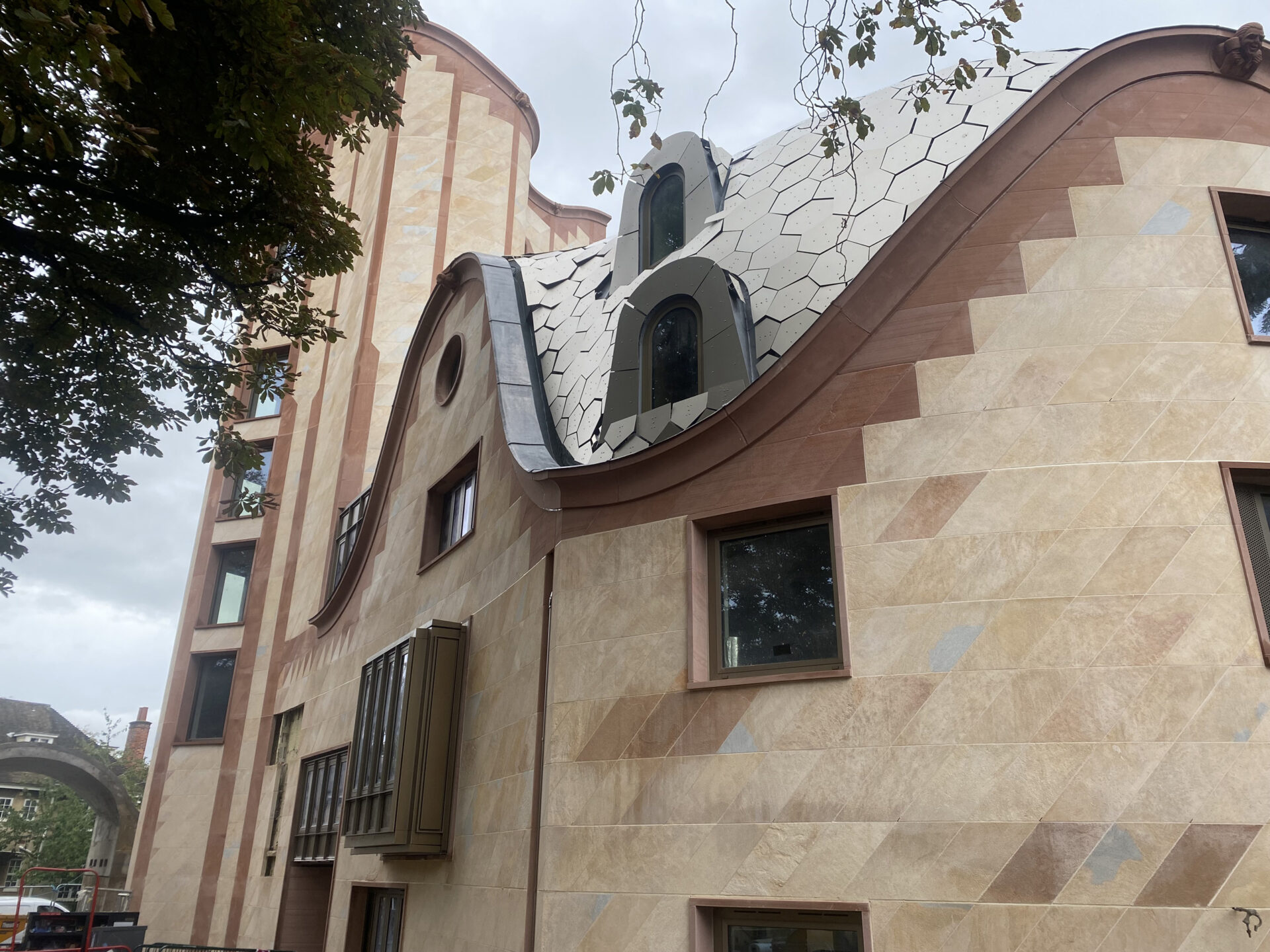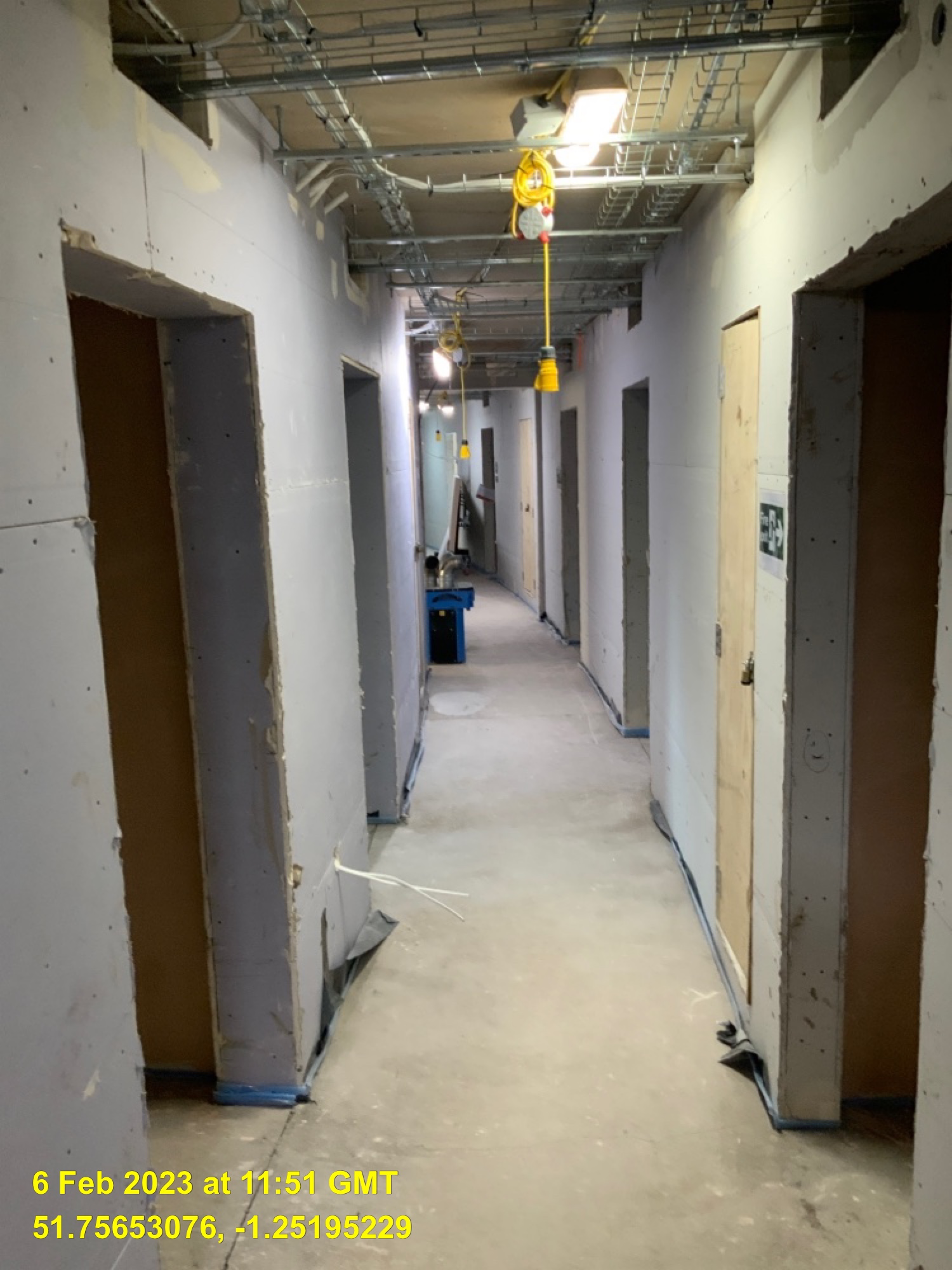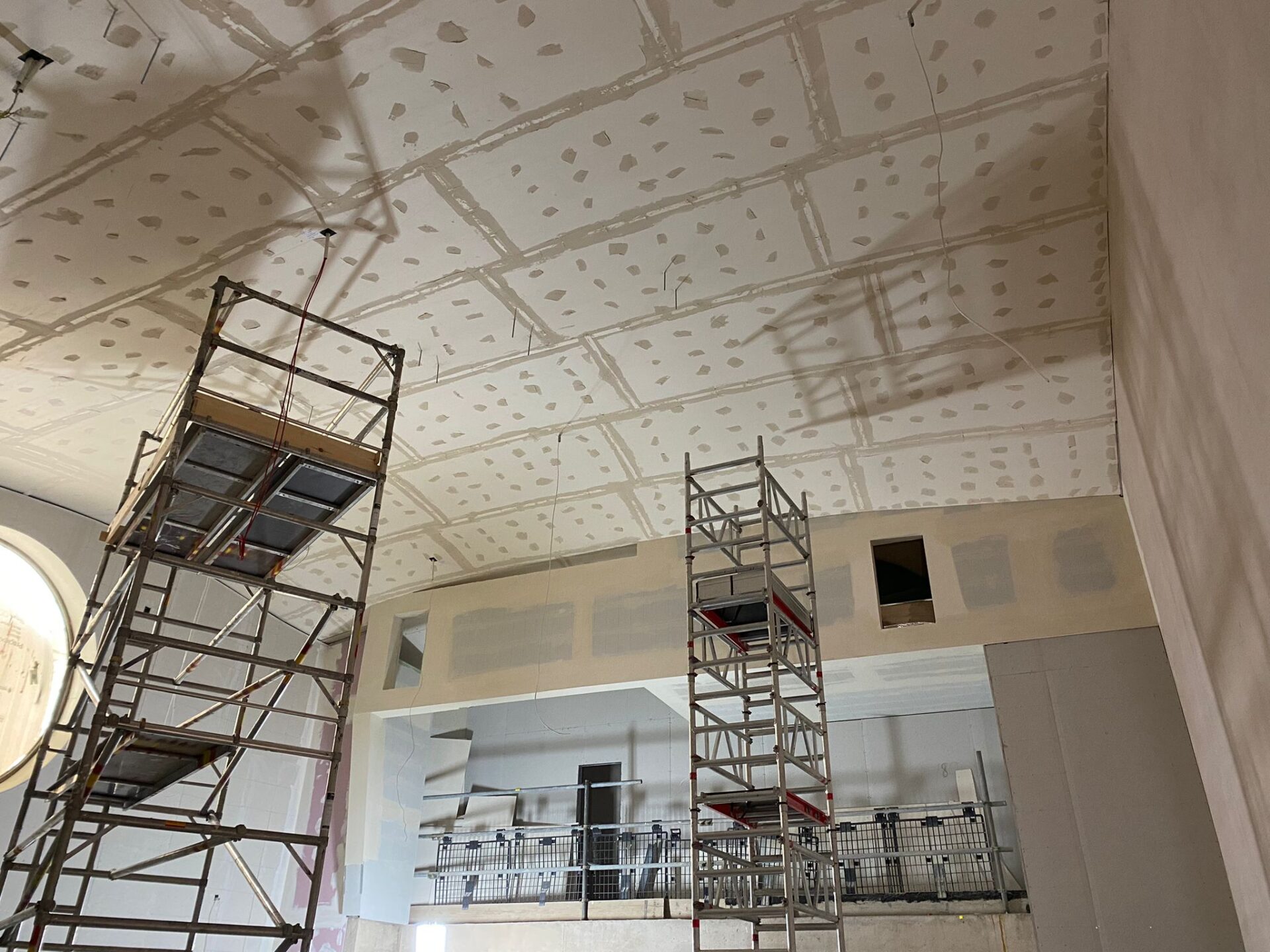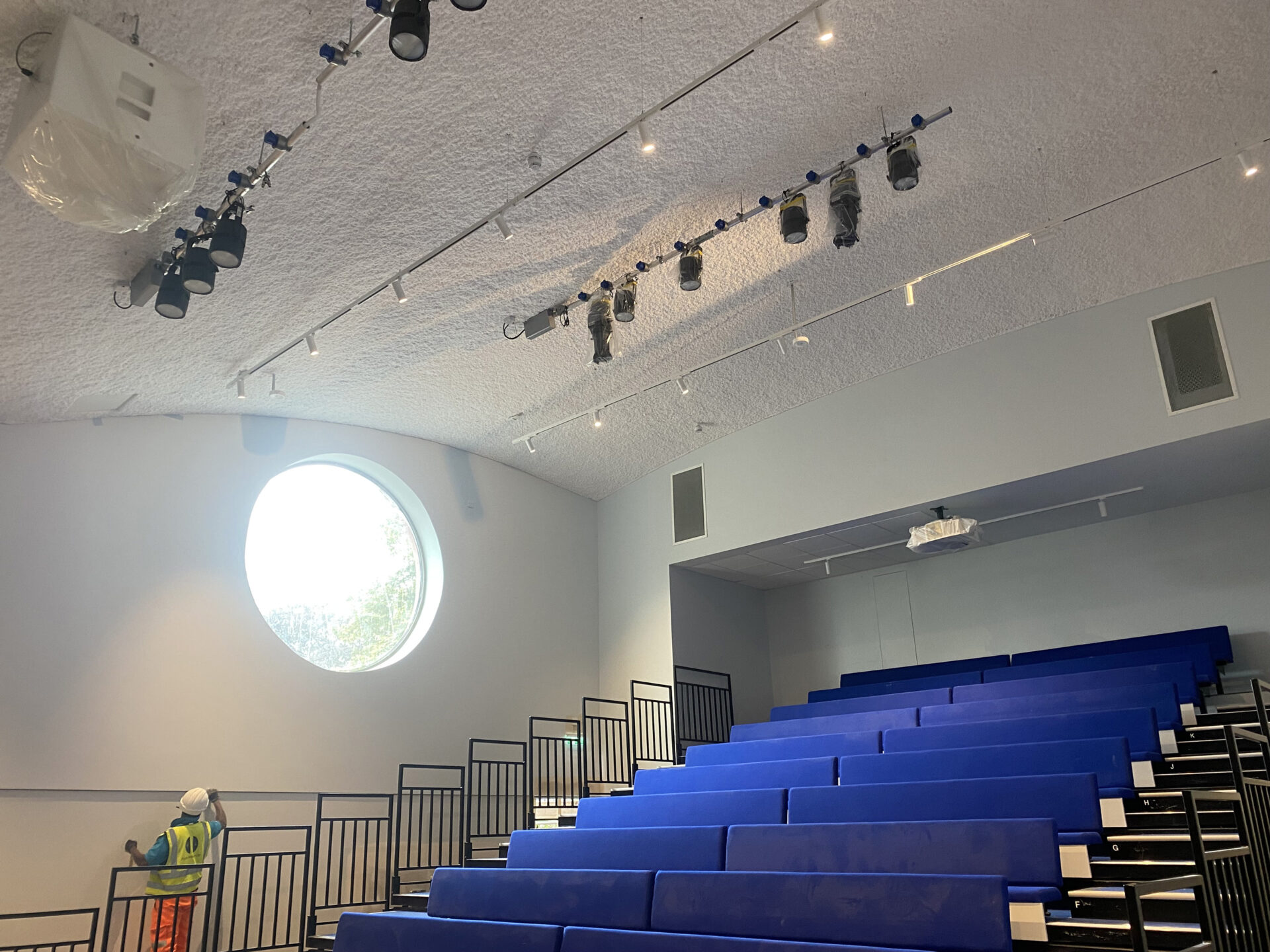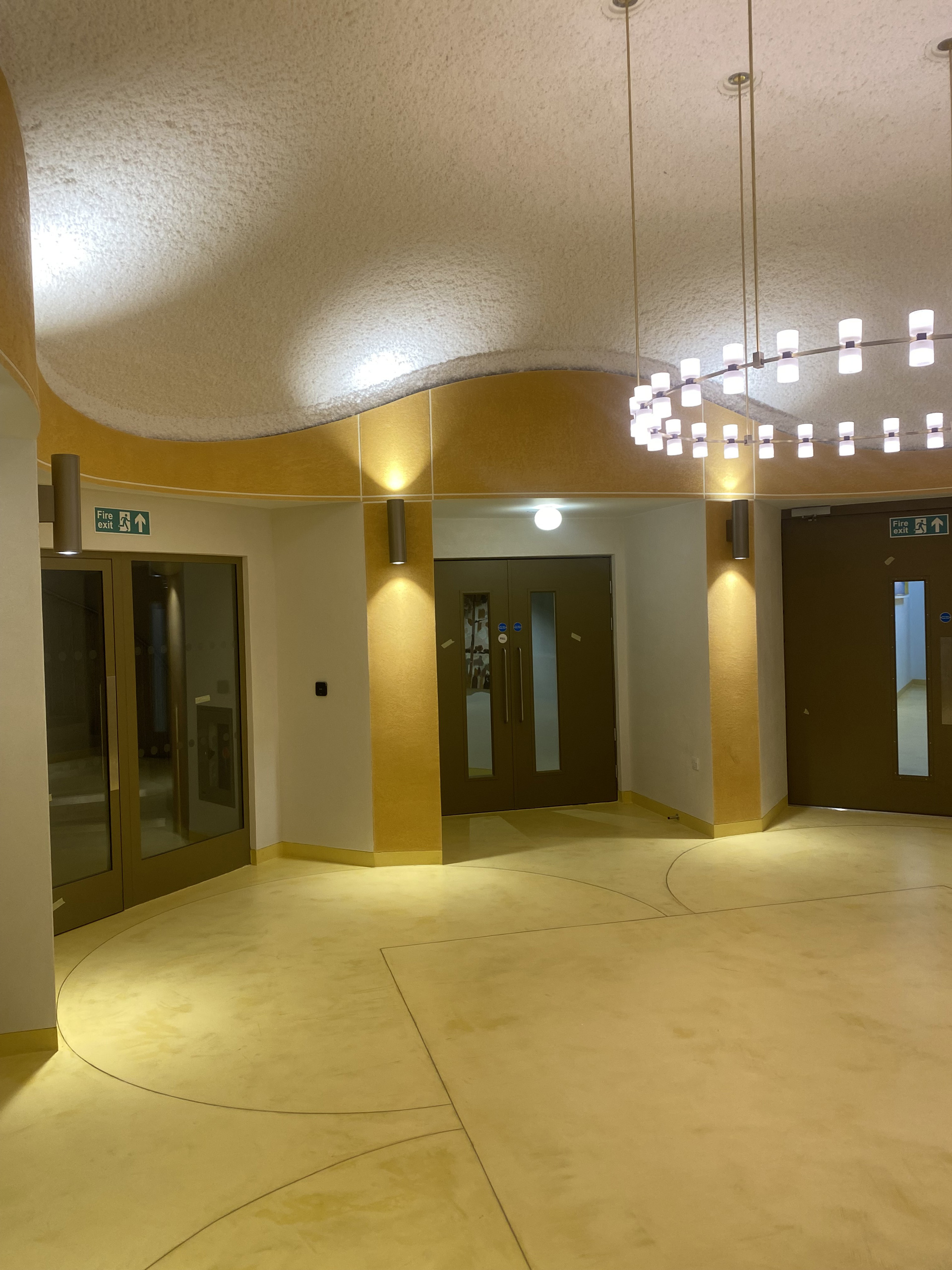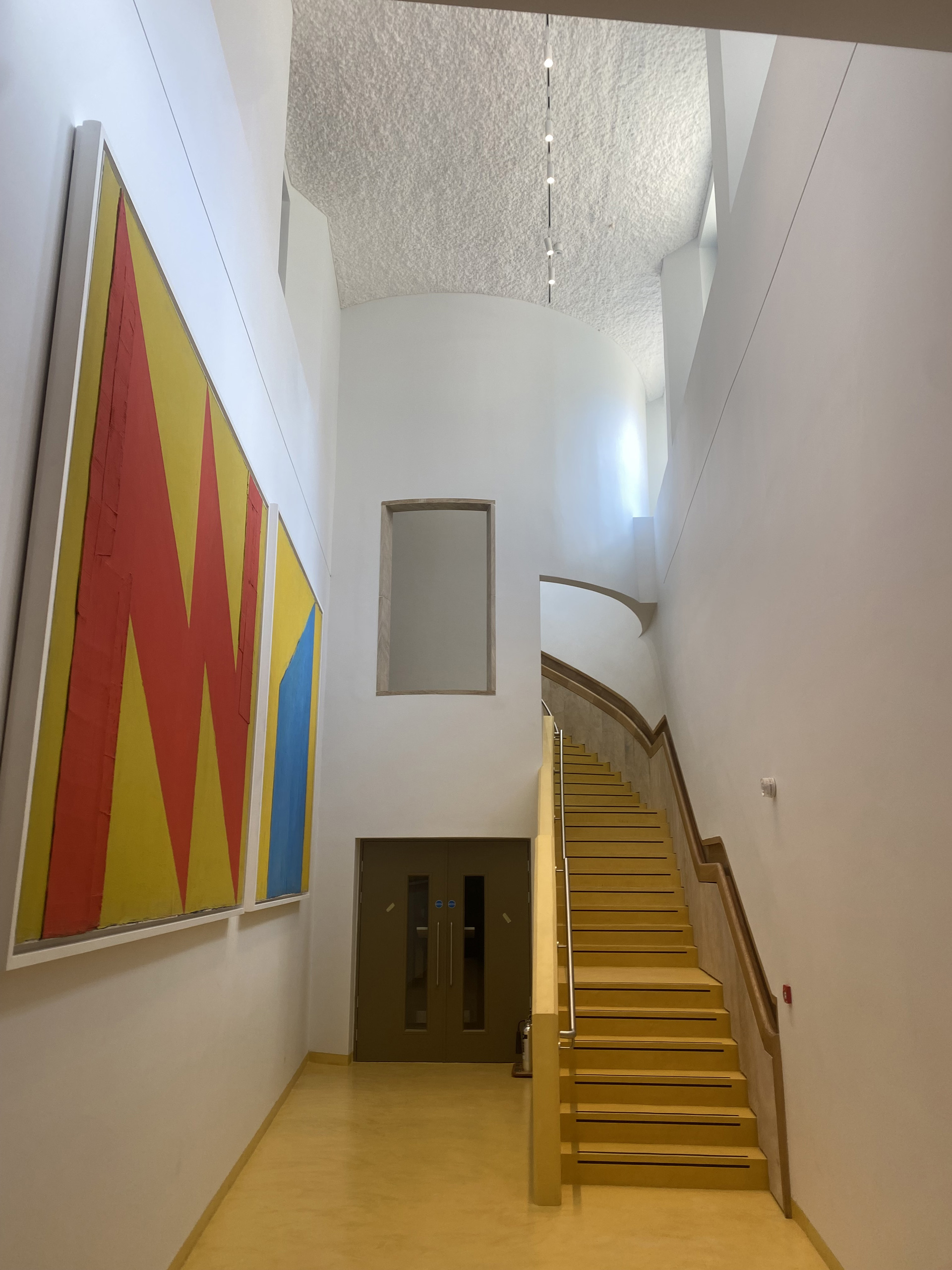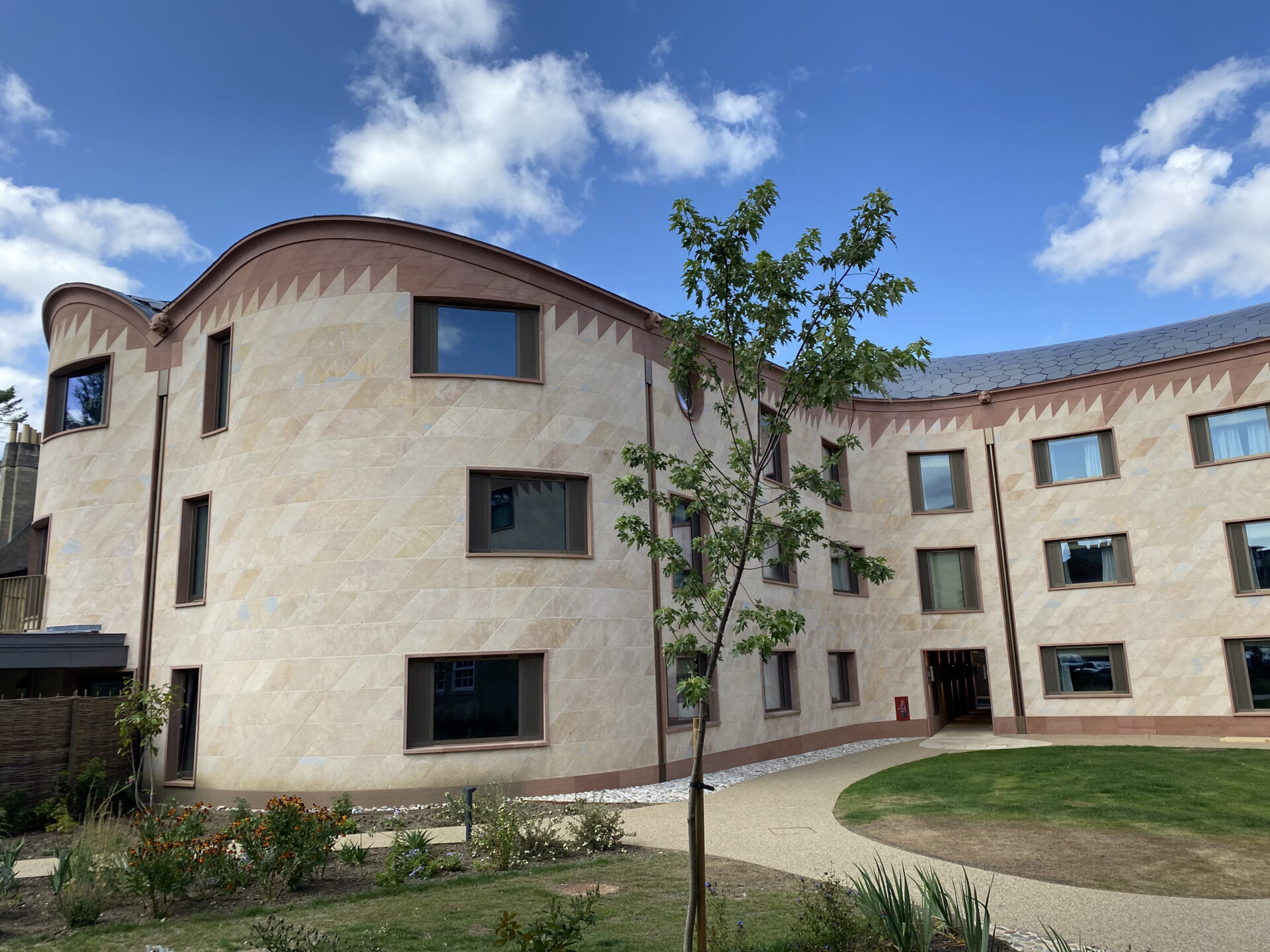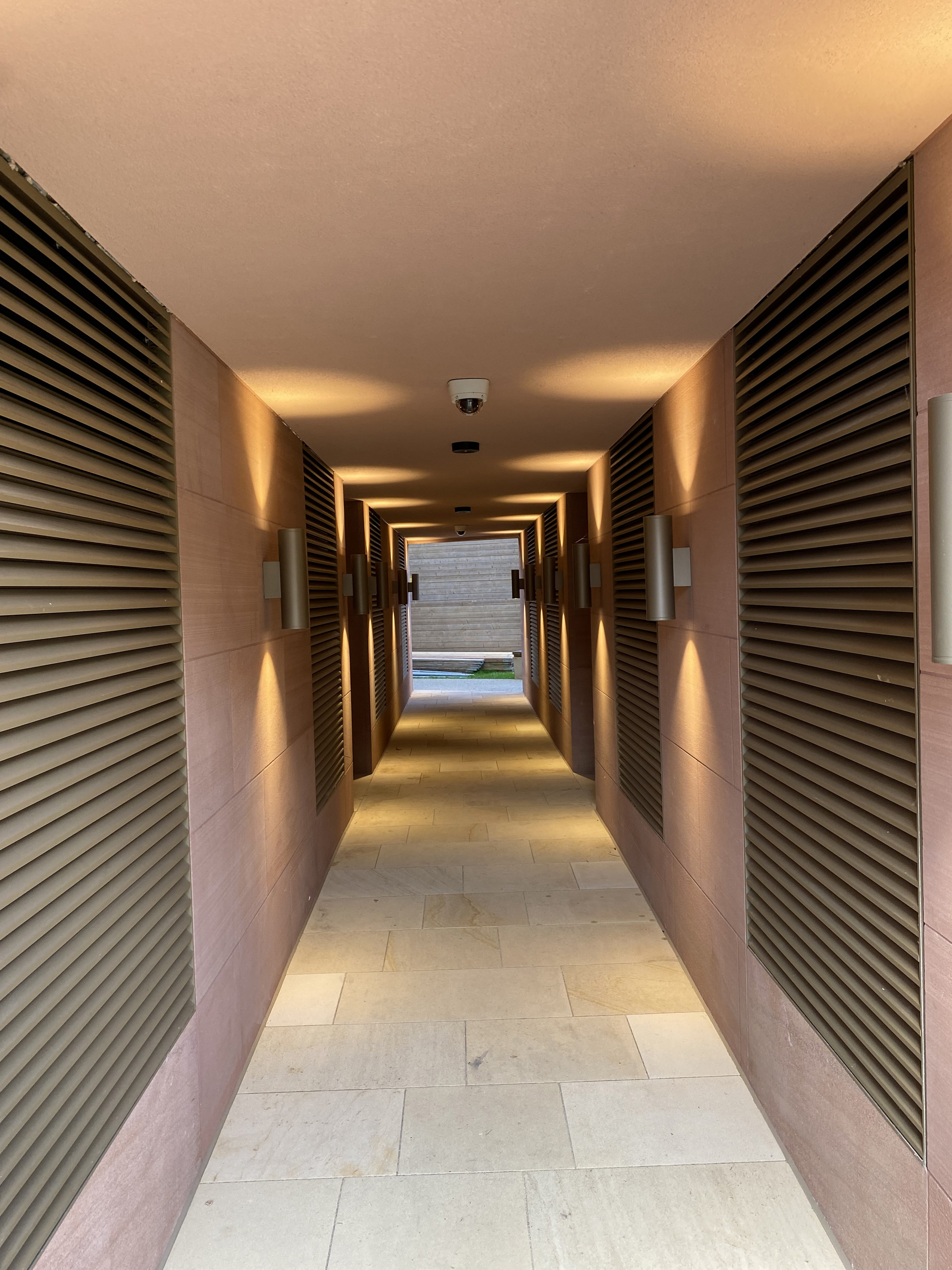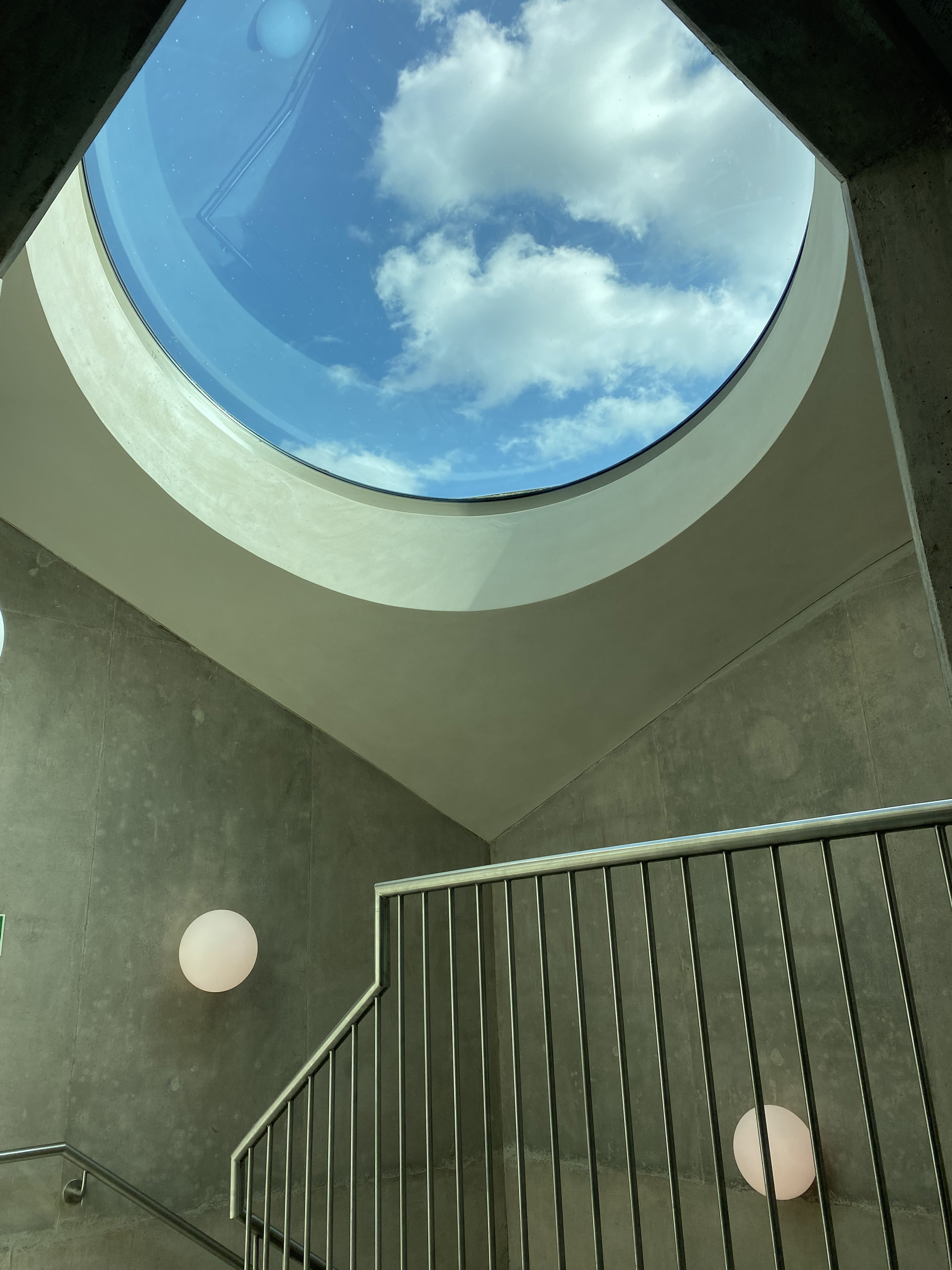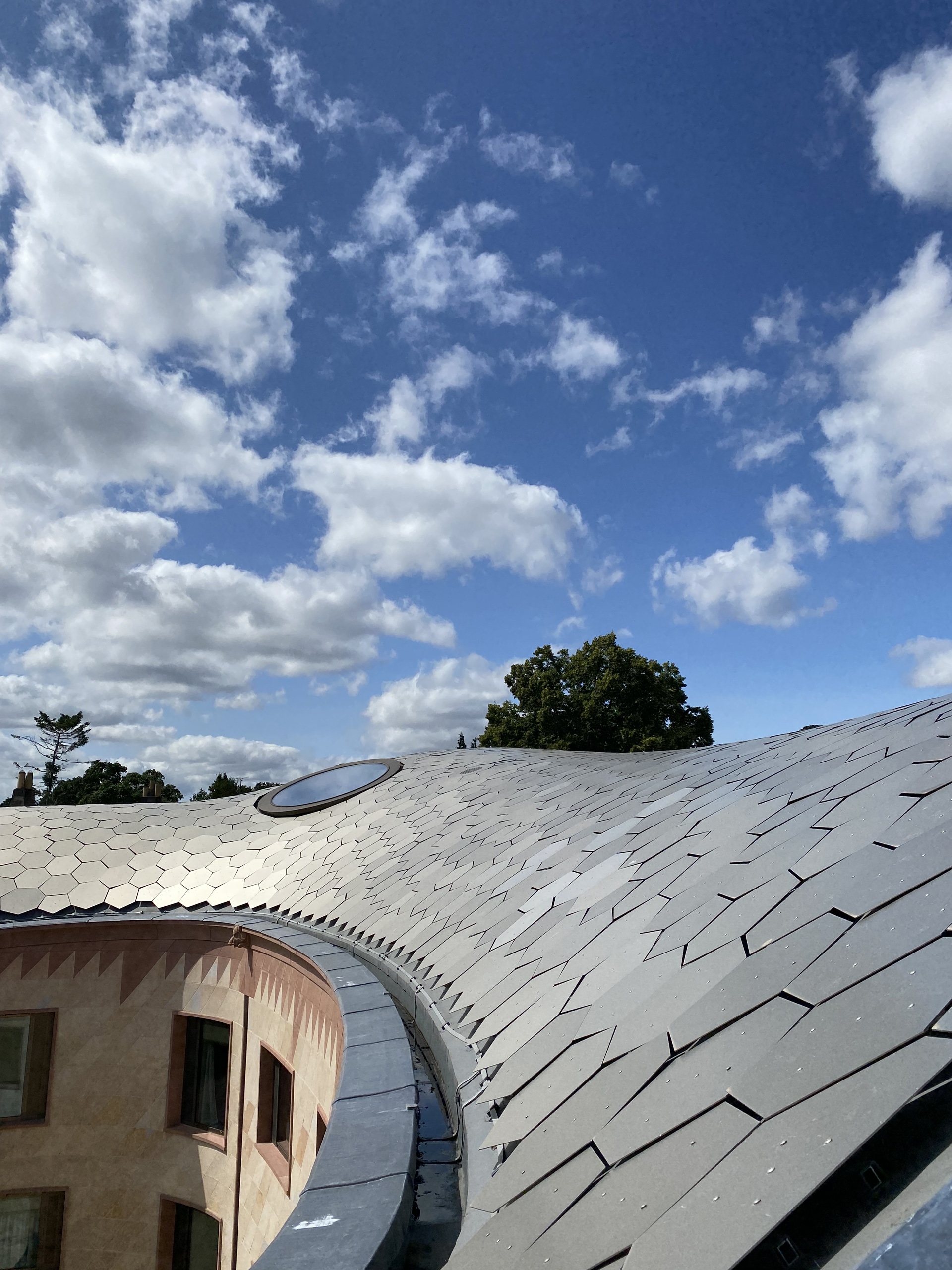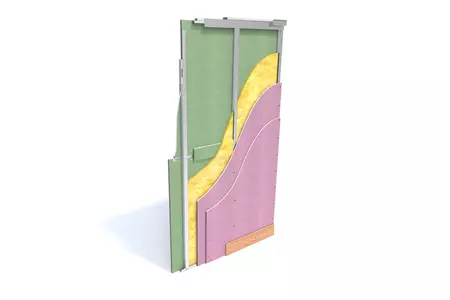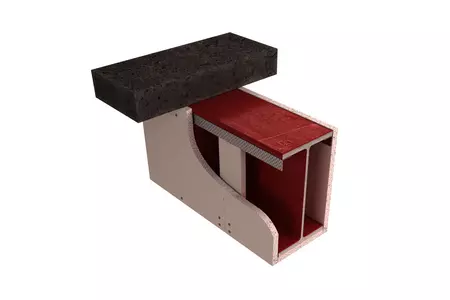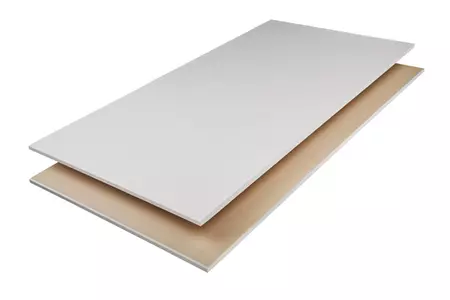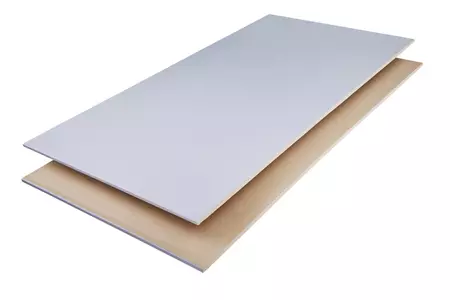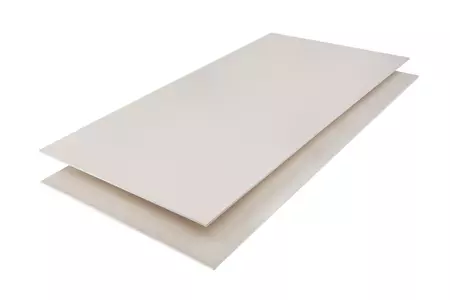Gradel Quadrangles
Project description
Described as a ‘wonderful architecture of curves in a city of straight lines’, the Gradel Quadrangles is part of Oxford University’s New College. The historical building was being refurbished and combined with a modern structure that would provide 85 rooms of luxury student accommodation.
Principal subcontractor Flynn Interiors specified a range of British Gypsum’s innovative systems. In a prime example of collaboration and proactivity, British Gypsum and Flynn Interiors worked together to upgrade the specified systems to ensure they perfectly suited the unusual curves and lines of the building, whilst providing the required acoustic and fire-rated performance.
Main information
8,000 m²
College
New Oxford College
Purcell
Contractors
Flynn Interiors
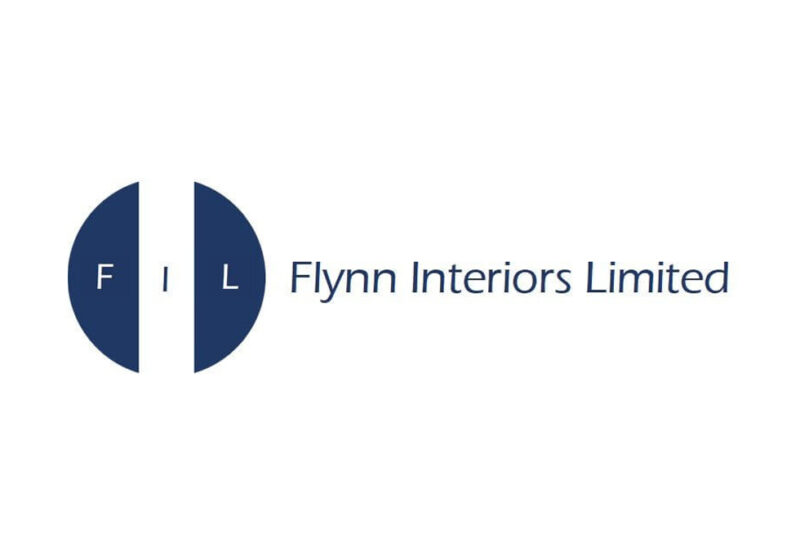
Company name: Flynn Interiors
Main Representative: Andrius Jadenkus
Number of collaborators: 250
Specialties: Drylining, Ceilings
Founded in: 2020
Biography: Flynn Interiors provide their specialist services across multiple sectors, including hospitals, hotels, and flagship buildings. Their drylining and ceiling solutions have formed a key part of many projects for a range of high-profile clients and contractors, including Sir Robert McAlpine, Galliford Try, and Balfour Beatty.
Website: www.flynninteriors.co.uk
Sir Robert McAlpine
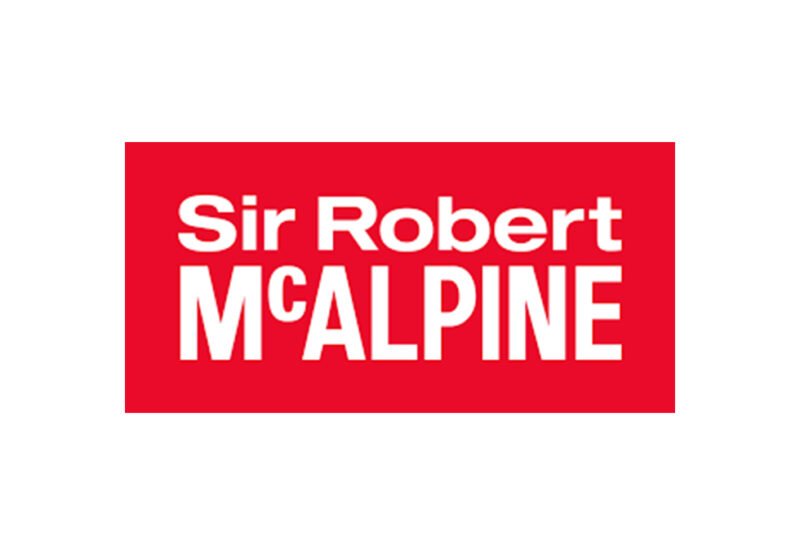
Company name: Sir Robert McAlpine
Main Representative: Dave Scott
Number of collaborators: 1900
Specialties: Construction, Infrastructure
Founded in: 1869
Biography: A family-owned construction company, Sir Robert McAlpine has designed, built and delivered some of the country’s most iconic buildings, including London’s Olympic Stadium and the Elizabeth Tower – also known as the tower that houses Big Ben. As well as construction, Sir Robert McAlpine specialises in infrastructure, project management, and the refurbishment and maintenance of heritage buildings, among many other services.
Website: www.srm.com
Sustainability in the project


- Sustainability was a key factor in the design and build, and the results were exceptional. The project’s carbon savings totaled 775.1 tonnes of carbon dioxide, and the materials used in the substructure, superstructure and facade accounted for 732.6 tonnes of that amount.
- The specially engineered timber roof solution also helped to cut the project’s carbon footprint, reducing it from 202.6 tonnes to 16.7 tonnes. Not only did it provide carbon savings, but this solution also saved time on construction; it took 12 weeks to install, whereas the originally planned reinforced concrete structure would have taken 25 weeks.
- Thanks to the usage of ground source heat pumps, heat recovery systems, insulation and excellent airtightness and ventilation, the building is compliant with the Passivhaus standard. Overall, the teams’ commitment to carbon savings have earned this project Carbon Champion status from the Institute of Civil Engineers (ICE).
- Natural Materials and Sustainable Design – The use of timber and stone, both natural materials, further aligns the building with its local environment, ensuring that the project is not only visually appealing but also sustainable. This connection to nature helps reinforce the building’s integration into the local context, providing a sense of continuity with the surrounding landscape.
